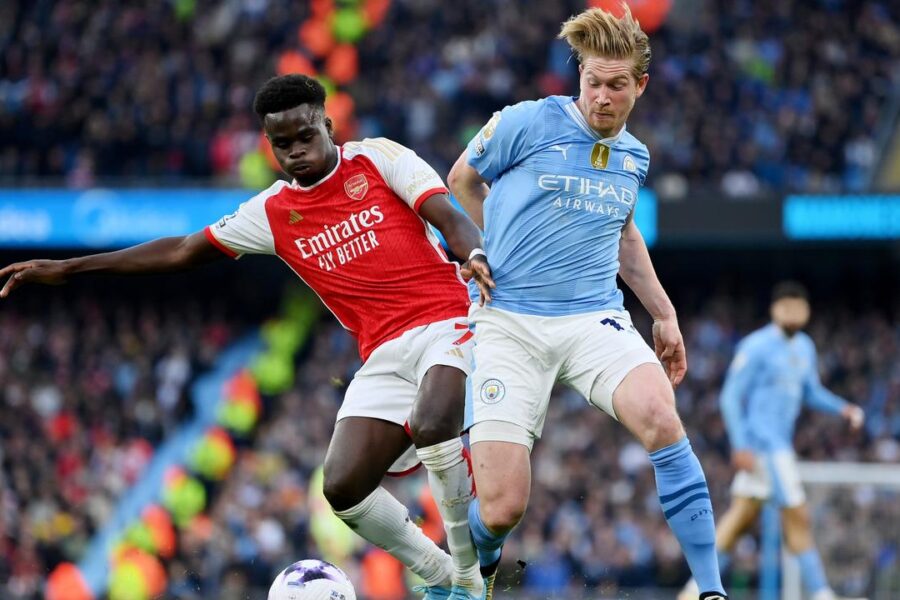The new Champions League format for the 2024/2025 season is a point of controversy among football enthusiasts. UEFA announced major changes, adding four more teams from the original setup of the competition, and transitioning from the group stage and knockout format to a league and knockout format. Here, the top-8 finishers advance directly to the knockout phase, and teams finishing between 9th and 24th place play a two-legged run-off in order to advance to the knockout phase. The final 12 teams are eliminated.
It would be fair to say the new format has not been popular with coaches and players alike. Many have come out publicly condemning the new format as a danger to players’ health, with the heavy fixture schedule increasing chances for injuries. As Manchester City have discovered recently with the absence of Rodri, injuries can be an absolute nightmare for teams to deal with.
For the casual football lover, only good things can be derived from the additional games at their disposal. Not only are there more matchweeks, but the likelihood of big teams facing each other has increased with the new pooling mechanism. Goal difference is now much more important, with it very likely coming into play to separate the teams being knocked out and qualified for the knockout phases, which I would argue is good for European football. Teams are incentivised to keep attacking for the entirety of games, instead of seeing off small wins in a defensive matter. Fans love seeing goals, and so far, we have seen plenty in this competition.
For match-going fanatics, the lack of a ‘home’ and ‘away’ fixture feels a little too big of a deviation from the norm. With a step away from tradition, it is true that there’s something odd about a league of teams whose points tallies compete against each other, but who don’t all play against each other. Perhaps some fans also miss the ‘grudge match’ element of a return fixture in a group, which has now been taken away. As a Paris Saint-Germain fan myself, a home match against the likes of Bayern Munich and Arsenal would have been much more compelling, as every fan knows that home ground advantage plays a huge role in improving your chances of winning.
Another argument put forward by fans of ‘smaller’ competing teams is that the competition is now unfair for them, with a greater number of games giving them less chances to qualify for the knockout stages. While this is true, notoriously bad teams in the competition such as Olympiacos, Shakhtar Donetsk and Dynamo Kyiv have always been a part of the competition, and a team’s performance in a group with three other teams is unlikely to prove any different than in a big format. It is true that consistency is now more important, and statistically there is a smaller chance of a team miraculously beating a much better opposition team within their group and qualifying.
Moreover, this season has been full of upsets and heroic tales, with teams such as Stade Brestois holding their own against European competition and currently placing in the top-8. For teams like Brest, an increase of games is very positive, with greater TV revenues generated only helping to reduce the financial divide between the biggest and smallest teams.
This being said, this format of the competition has only been in play for just three months, and it is still too early to tell whether UEFA has made the right decision. Changes are always difficult to digest for fans that have been used to one thing since their birth, but the new Champions League format attempts to take the best from the old, and incorporate it with the new.
Cover picture : Getty Images • Alexander Hassenstein
Other posts that may interest you:
Discover more from The Sundial Press
Subscribe to get the latest posts sent to your email.





A very engaging article regarding the variety of positives and negatives of the new format. Would love to read another one of these later on in the Champions League to see how the format has affected the latter stages of the competition.